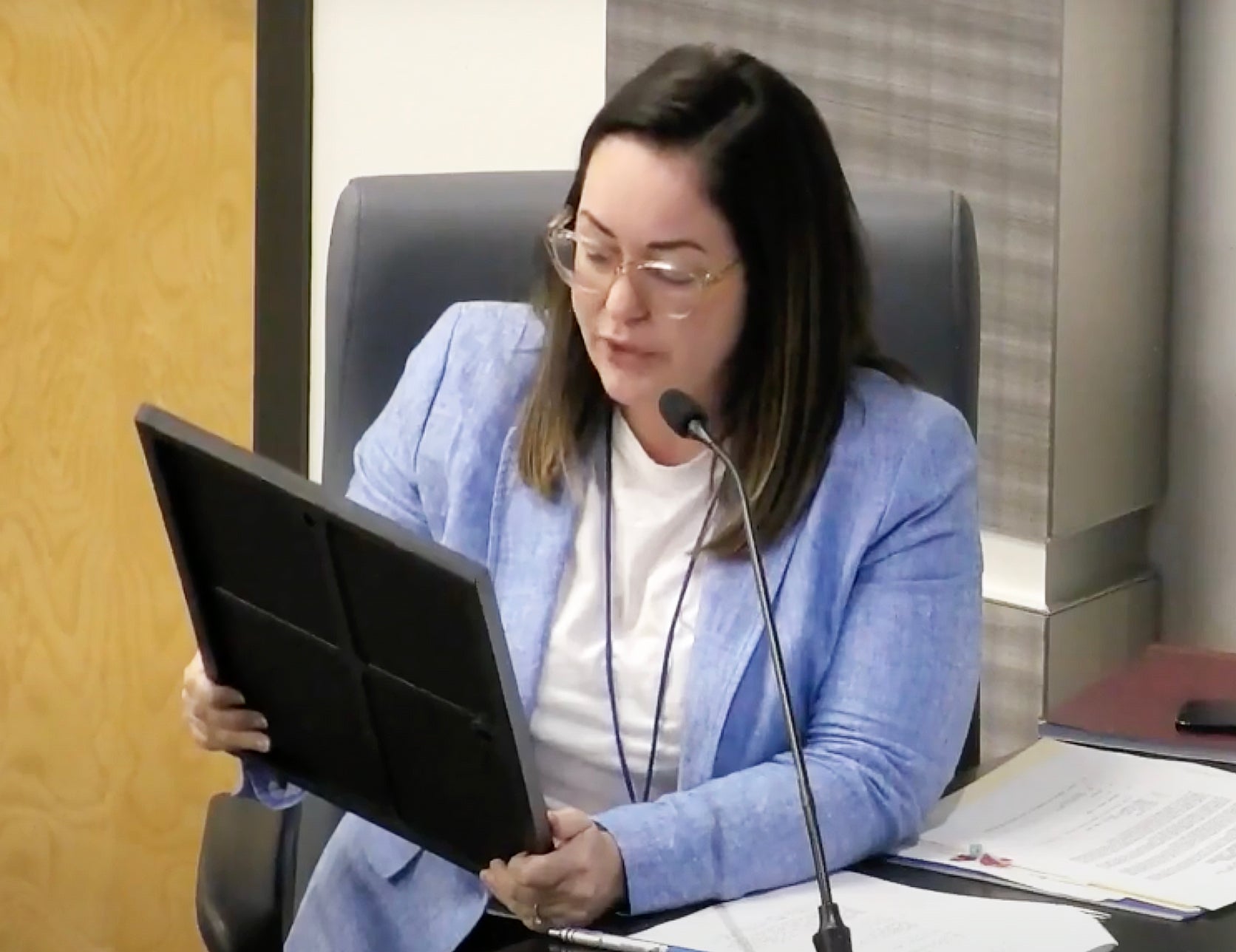Time to rebalance 401(k) holdings?
Published 12:00 am Sunday, November 10, 2002
By ROBERT HYMEL JR.
You may be casting your ballot this week for a new governor or senator. But you might also want to participate in a different type of election – the choice of investments for your 401(k).
Depending on where you work, your company may have offered an “official” window of time for you to increase contributions to your 401(k) plan. But you can generally change your 401(k)’s investment mix at any time of the year.
Now might be a particularly good time to act. Why? Because your 401(k)’s holdings may be out of balance with your desired asset allocation – the mix of investments that reflects your goals, risk tolerance and time horizon.
Your 401(k) may have gotten “unbalanced” without you having done anything.
To understand why this is the case, you need to examine how the different investments in your 401(k) have performed recently.
You are probably painfully aware the equity side of your 401(k) portfolio has slumped. At the same time, your fixed-income investments, such as bonds, have probably done relatively well.
In fact, they may have done so well that they now make up a much greater percentage of the total value of your 401(k). And that could be a problem you will have to address.
When you first set up your 401(k), you decided on a suitable asset allocation, with different percentages of your total portfolio going to stocks, bonds, money market accounts, government securities, etc.
During periods of significant market fluctuations, these percentages can change – a lot. For example, during the long bull market of the 1990s, the equity portion of your 401(k) may have grown to such levels that your portfolio was taking on a higher level of risk than you were comfortable with. You may well have recognized this; if so, you may have rebalanced your portfolio by shifting some assets out of equities and into other areas.
Now, though, the situation is reversed. Within your overall portfolio, the value of stocks may be down, while the value of bonds may be up. Over the short term, you might not mind having a greater exposure to bonds while the market is so turbulent.
But over the long term, stocks have historically outperformed bonds – and every other financial asset, too.
Remember past performance is no guarantee of future results. So, if your 401(k) is heavy with bonds or other fixed-income investments, your progress toward your retirement goals could be slowed.
Consequently, you may want to consider adjusting the percentages of your stock and bond investments within your 401(k).
You may find it hard to put more money into stocks when the market is volatile. But when you invest in a 401(k), you are dollar-cost averaging – putting the same amount of money into the same investments, at regular intervals. While this strategy cannot guarantee a profit or prevent a loss, you buy more shares when the price is low, and fewer shares when the price is high.
Over time, this technique can reduce your overall cost of investing.
And when the market turns around, all those low-priced shares you bought can be worth more.
Take a close look at your 401(k). If it needs rebalancing, you may want to meet with your investment professional and take action soon. Remember, you can hardly find a better retirement vehicle than your 401(k) plan – so make sure you get the most out of it.
ROBERT HYMEL JR. is a financial advisor for Edward Jones with an office in LaPlace.





